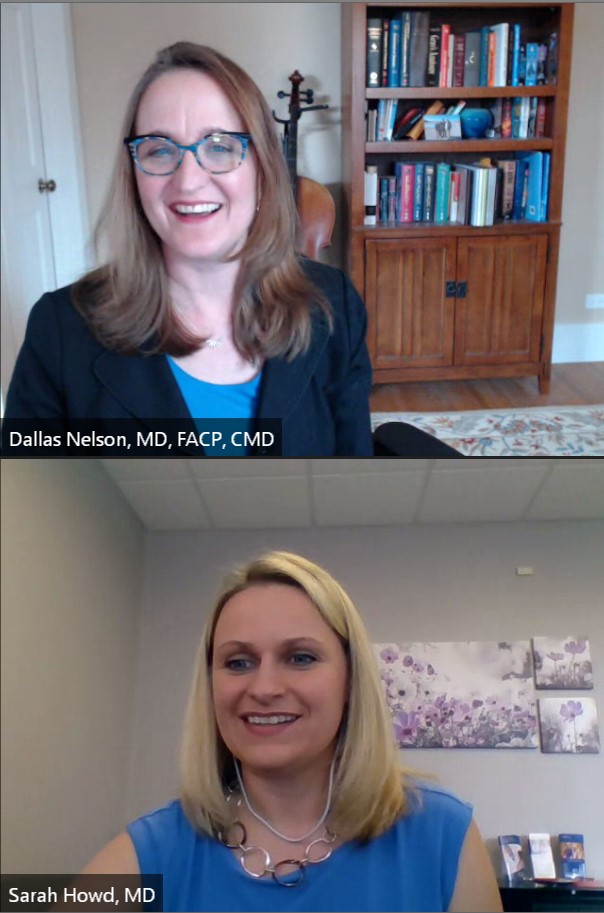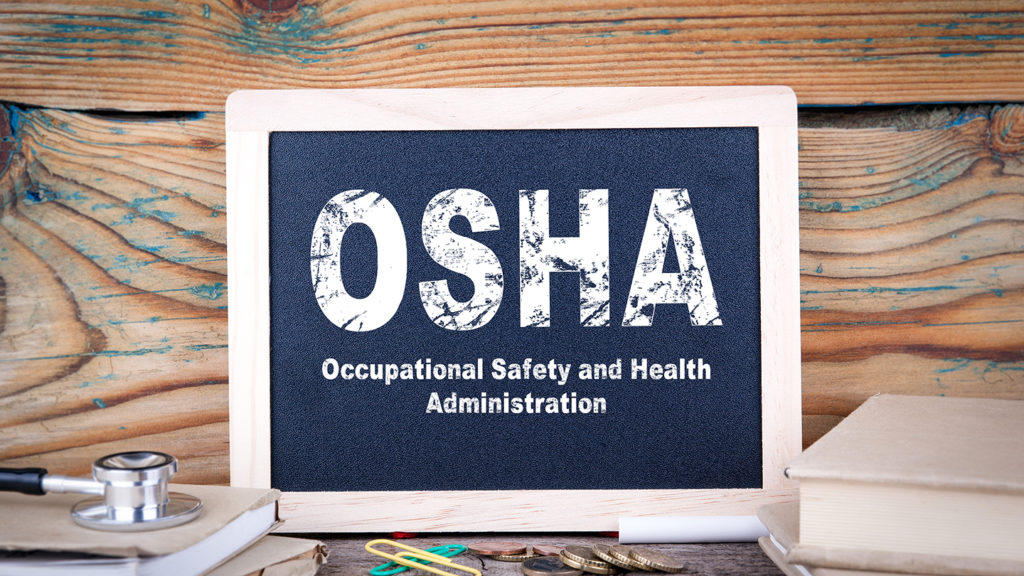Should assisted living communities have medical directors? The growing medical complexity of assisted living residents, combined with an increased need for infection control expertise made evident during the pandemic, have elevated discussions, two speakers said Thursday during the first day of the AMDA–The Society for Post-Acute and Long-Term Care Medicine’s PALTC21 Virtual Annual Conference.
Sarah Howd, M.D., and Dallas Nelson, M.D., of UR Medicine Geriatrics Group, which provides medical direction services to assisted living communities and nursing homes in the Rochester, NY, area, led a discussion titled “Medical Direction in Assisted Living: How a Pandemic Helped Define a Role.”

Howd is a member of an AMDA subcommittee on assisted living, which is examining defining the role of a medical director in such settings and providing sample contracts. The concept is still new and is somewhat controversial, she said.
But it is needed, the speakers said, noting that 75% of assisted living residents have two or more comorbidities. Additionally, Howd said, the high cost of private-pay assisted living increases family expectations that care will be provided in the communities. This expectation has led many communities to opt to have an in-house physician or to partner with providers or geriatric medical practices to provide on-site primary care for residents who wish to have such a service, he said.
The COVID factor
The pandemic has added another dimension to the on-site medical directors discussion, because it has become apparent that many communities lacked infection prevention education and protocols, making their populations more susceptible to COVID-19, the speakers said.
Before the pandemic, Nelson said, medical directors spent much time on issues such as behavioral management, family concerns about what communities can do for loved ones, primary care provider consultations, geriatric care advocacy for residents, and care transition.
“Assisted living, by definition, is a middle ground between home and the nursing home,” Nelson said. “There are a lot of questions as to when that level of care becomes inappropriate and whether to move someone.”
During the pandemic, Nelson and Howd said, their medical direction practice provided county-wide assisted living standards on quarantine procedures, a checklist for communities dealing with COVID-positive residents, and order sets to standardize how to care for COVID-positive residents in assisted living communities. They also advocated for staff member testing to catch asymptomatic carriers.
“We were seeing great variability in how communities were handling quarantine. Some were free-wheeling, and there was little quarantining going on, while others were taking that quarantining to the nth degree,” Howd said. “This led to patients deferring medical care.”
The practice also worked with local emergency medicine teams to develop protocols for communities in deciding when to transfer a COVID-positive resident to the hospital. In the beginning, Howd said, some communities were performing all-out evacuations of residents with positive COVID tests, putting undue strain on local hospital systems.
“A formal arrangement with a medical expert will benefit not only the community, but also the residents,” Nelson said.
On-site medical directors, Nelson added, can provide insight and expertise that improve care, handle family involvement and interventions, review incident reports and policies / procedures, make care transition decisions and oversee medication reconciliation.
Medical director mandates?
Howd said she does not see any movement at the federal level to mandate medical directors at assisted living communities. But she said it is likely that some states will move in the direction of encouraging or requiring assisted living communities to have some sort of medical consultation or agreements with medical groups for expertise.
How communities dealt with the pandemic “may be very eye-opening, Howd said.
“If they want to get people to move in and stay there and age in place, they’re going to have to adopt something different and get more medical involvement,” she said, adding that contracts and liability coverage will need to be part of the model.
Using the continuing care retirement community model as an example, Howd said the “curbside” model of pulling the nursing home medical director into another portion of the community to ask their input on an assisted living resident goes outside the scope of practice for the nursing home medical director and leaves the medical director at risk.
Nursing homes and assisted living communities have differences in regulations and standards, she said, and procedures in one setting don’t necessarily transfer to another setting.
The meeting continues through Sunday.




